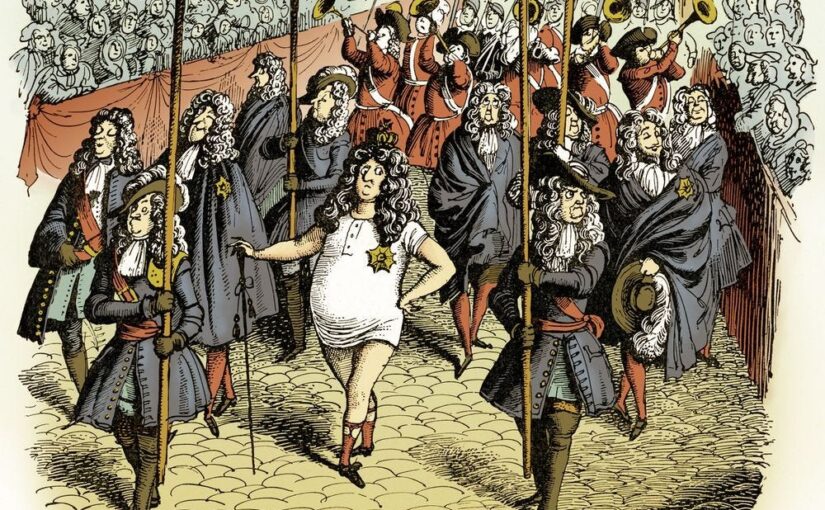NATO Europe can only be defended by solidarity in holding the front.
In the 1950s and again after 1976: solidarity assistance for members directly threatened
From the development of NATO from 1950, everyone understood that the vulnerable member states bordering the Soviet-controlled areas should be given substantial help to defend themselves.
This became crucial for countries such as Denmark and Norway. We were shown solidarity by massive military and by joint financing of bases and other infrastructure. Moreover, we the directly threatened countries could be protected from the outset by the superior American ‘nuclear umbrella’.
When, the threat was again from the mid-1970s felt to be acute at the same time as NATO sought to reduce dependence on the early use of nuclear weapons, the Alliance decided that the directly threatened areas (such as Norway, Denmark and the Federal Republic of Germany), should not be defended solely by Alliance standing units stationed the countries and the mobilised reserve units of frontline members.
From about 1980, non-invasion-threatened member states contributed to the combined defence of the eastern border with earmarked reinforcement units of both air and ground forces.
Planning and preparations could be made both bilaterally and within the framework of the then existing NATO command structure. In the case of Denmark; the Northern Region (AFNORTH) and the Danish-North German Unified Command (BALTAP).
From 1999 to the present. no real solidary with the front
When NATO was enlarged 20-27 years ago to include first the Eastern European countries and then the Baltic States, it was considered inappropriately hysterical in old member states that the new members felt threatened by Russia.
Embarrassed partners pressured them to suppress their anachronistic threat perception in the development of their small armed forces. Keeping conscription was ridiculed as anacronistic.
Even when Russia seized Crimea in a coup in 2014 and launched the war for Donbas with Ukraine, partners did not provide significant assistance in support of the now accepted Baltic states’ small self-defense forces. They did not get military assistance that they needed as Denmark had desperately needed it in the 1950s. The Baltic States remained limited to what their small human and financial resources could do.
If the early NATO history had been remembered and learned, the non-invasion-threatened hinterland members would have provided massive arms and infrastructure support.
This did not happen, which means that especially the directly threatened Baltic countries are only weakly defended with almost exclusively light forces.
Nothing significantly changed, even after Russia launched a general invasion of Ukraine at the end of February 2022, and after 17 December 2021.
On that latter day the Russian Government had announced in an ultimatum to NATO that it demanded a military rollback of the only token Partner forces from Eastern Europe.
The ultimatum should have made it obvious, that that NATO had stressed that the defence of the Alliance front would be done with earmarked ground and air reinforcements that would be deployed when ready towards the Alliance’s eastern border.
As after 1976, all rear partner members should have made an effort to re-establish significant reserve forces earmarked for the frontline states and especially the Baltics. They should have started routine training i the region, and stored equipment and ammunition i depots there.
It would also be clear that the framework for such an effort would have been a new regional military NATO command, where core elements were detached immediately from SHAPE.
Summary
The fiction is maintained that defending one’s own territory is not only the minimal requirement, it is sufficient. This fiction is maintained in NATO and at home. It is brain-dead but apparently politically and bureaucratically convenient.
But being able to defend one’s own country in a rear member state is only the starting point, not enough.
The actual defence of a member state such as Denmark or the Netherlands must again take place forward of its own territory as happened from 1951 to 1990,
This must once again be achieved through a joint effort of solidarity, including at the border of the vulnerable front member states.
Their defence cannot just be the responsibility of others. It is also in the key interest of the Swedes, the Dutch, etc.
If the Baltics fall, we too are soon lost as left to own resources. To think that we will then have alliance protection of Denmark is a completely irresponsible stupidity.
The fact that we do not have this understand as a common starting point shows more than anything else, the decline in the Danish and other European understanding of security and defence policy.
The Balts should, of course, have made this reality clear to everyone a long time ago. Not only diplomatically, but through academics also publicly.
They should have acted in a timely manner as the little boy in the store og “The Emperor’s New Clothes”.
They should have stressed the common need for comprehensive solidarity assistance in common defence.
Their discretion is probably partly due to the fact that they have been grateful for the symbolic little they have achieved, and partly to the fact that they recognize that the rear members from Germany via Great Britain to Denmark are now completely “without clothes”.
They have therefore had to trust that Ukraine could last until we woke up.
The Balts realistically and fatalistically acknowledged that the non-directly threatened alliance partners had downgraded and disbanded the land and air units that ten years ago could and should have been restored and prepared as earmarked reinforcements from 2022.
